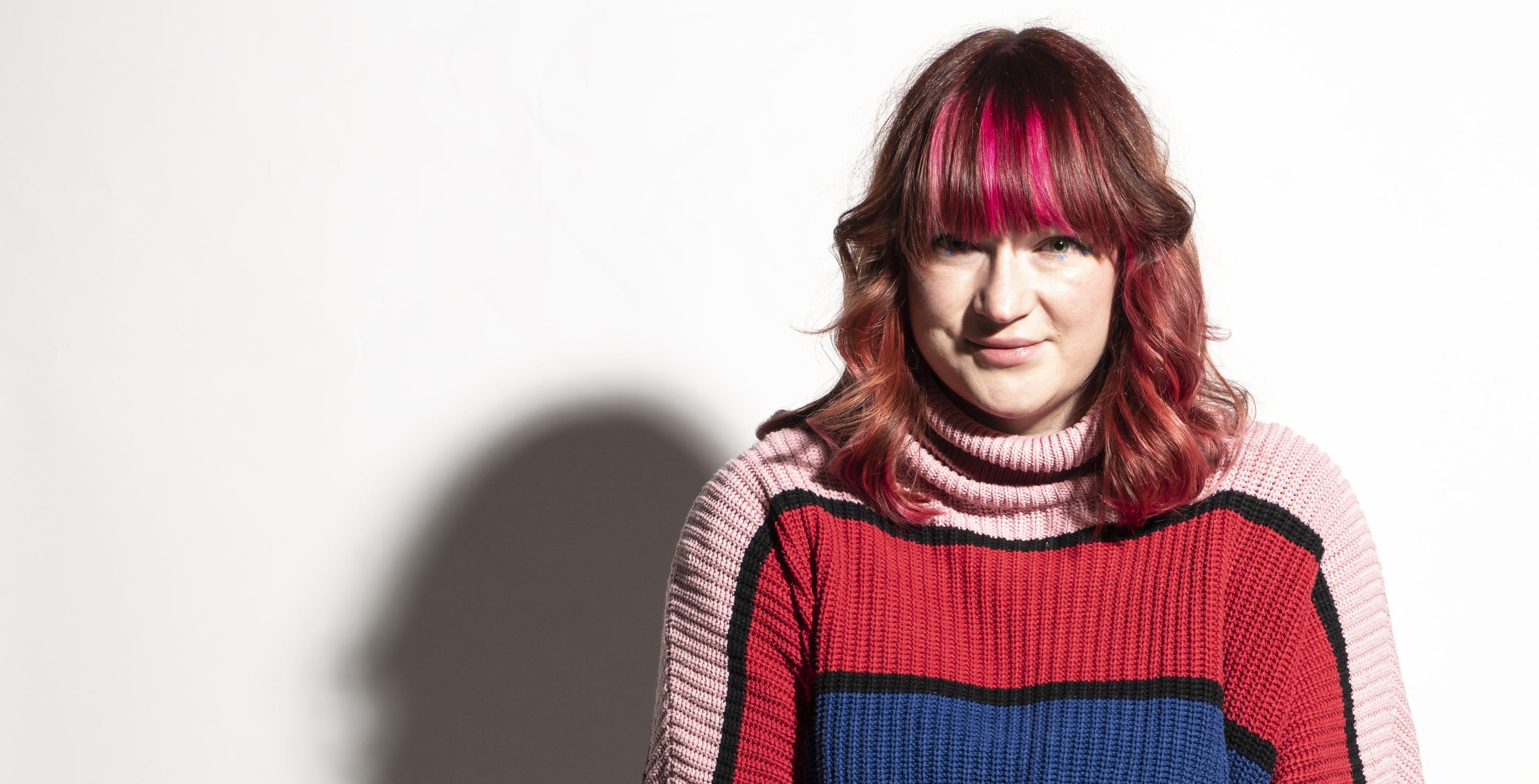
How influencer marketing grew Glisten from a side-hustle to a £2.5m brand
Founder Natalie Chapple talks taking risks, going global, and the power of cutting-edge content.
Natalie Chapple’s top tips for social media marketing
- Influencer marketing doesn’t need to be expensive
Setting up a discount code and offering a commission to influencers is a low-cost marketing strategy when you’re starting out.
- Always be ready to adapt
It’s important to understand that social media engagement will come in waves. The algorithm keeps changing, so you need to keep adapting your content accordingly.
- Keep the content rolling
To stay top of mind, produce constant content – especially in the beauty and fashion spaces.
When a chance message from a social media influencer landed in Natalie Chapple’s inbox in 2017, she had no idea it would help grow her new cosmetic glitter business, Glisten, into a multi-million-pound makeup brand.
Chapple, a mum and teacher who studied fashion design at university, received the note from a fan who had 50,000 Instagram followers. She said she loved Glisten’s glitter mixes and would be happy to promote them with a discount code – if she received a commission on the sales that came directly from her.
It was Chapple’s first encounter with influencer marketing.
“It was a small risk to take, and I thought it would be worth a shot,” the 31-year-old remembers. She set up a discount code on her glitter mixes, which were especially popular at music festivals, and offered a 10 per cent commission on sales.
“We got a few other influencers on board and it really took off. I’ve always used smaller influencers and still do now,” she says. “At that time, we only paid commission. Now, we have influencers on retainers and pay them monthly.”
And it’s paid off: Glisten turned over £1.75m last year and is expecting to turn over more than £2.5m this year. It’s a level of success that Chapple could never have predicted when she set up the business from her bedroom in 2017, as a way to cover childcare costs.
The power of video
Right from the start, Chapple made videos to showcase her products. “Now Instagram is all reels and videos, but I was doing it very early, in 2017, and I had a few viral videos that really helped.”
These days, she still looks after the brand’s Instagram feed, while one of her employees manages content on social media platform TikTok.
Chapple finds that influencer videos on the latter are more likely to make instant sales. “TikTok audiences are more reactive, while Instagram can take longer to convert, often two or three videos,” she explains. “One girl posted a video on TikTok of a colour palette with an eye liner, which we hadn’t combined together before. That day, 50 of those palettes and eyeliners sold in combination, which we knew was down to her.”
Major-impact marketing
Today the cosmetics brand, which mainly appeals to 24-30-year-olds but has older and younger fans too, spends £10,000 a month on marketing – most of which is directed to influencers.
Glisten’s social media feeds are predominantly comprised of paid content, with very few reposts. The brand works with a range of makeup artists, some of whom use their products on celebrities; American rapper DojaCat is a big fan. “She got in touch having seen a video from an influencer,” says Chapple.
Scaling up
In 2018, when Chapple was on maternity leave with her second child, she decided to expand the range. “I’m driven, and decided this needed to be more than a glitter brand, so I released an eyeshadow colour palette,” she recalls. She sent it out to influencers, who spread the word.
happle also collaborated on product lines with influencers. “The way we were marketing is the norm now, but [back] then it was ahead of the big beauty brands.”
In 2020, Chapple gave up her teaching job to focus on Glisten full-time. She now has 11 employees, including her husband, her mum and one of the first social media influencers she worked with, Holly.
Glisten’s products are no longer produced in Chapple’s bedroom but by a manufacturer, and she has an office space for her employees – many of whom are part-time and working around children.
Going global
Chapple plans to keep increasing her product range. She’s launching mascaras this year, and foundations in the next couple of years. She already ships products across the globe.
“Glisten was a global brand from day one. Because we sell small-sized products, it was quite cheap to send things to the US, which is one of our biggest markets,” she says. She recommends brands that sell small products, such as earrings, start out internationally immediately, because shipping costs aren’t prohibitive.
Glisten uses Clearpay’s Cross Border Trade programme, so customers in both the US and the UK can utilise Clearpay’s payment options.
“It gives our customers freedom to split payments over a few months. As we started selling larger products, people were more inclined to split payments as our average transaction value had gone up,” explains Chapple. “With fewer young people taking out credit cards, it’s becoming the norm to offer split payments. I also appreciate feeling like a valued client with Clearpay.”
All references to any registered trademarks are the property of their respective owners. Clearpay does not endorse or recommend any one particular supplier and the information provided is for educational purposes only.
Categories